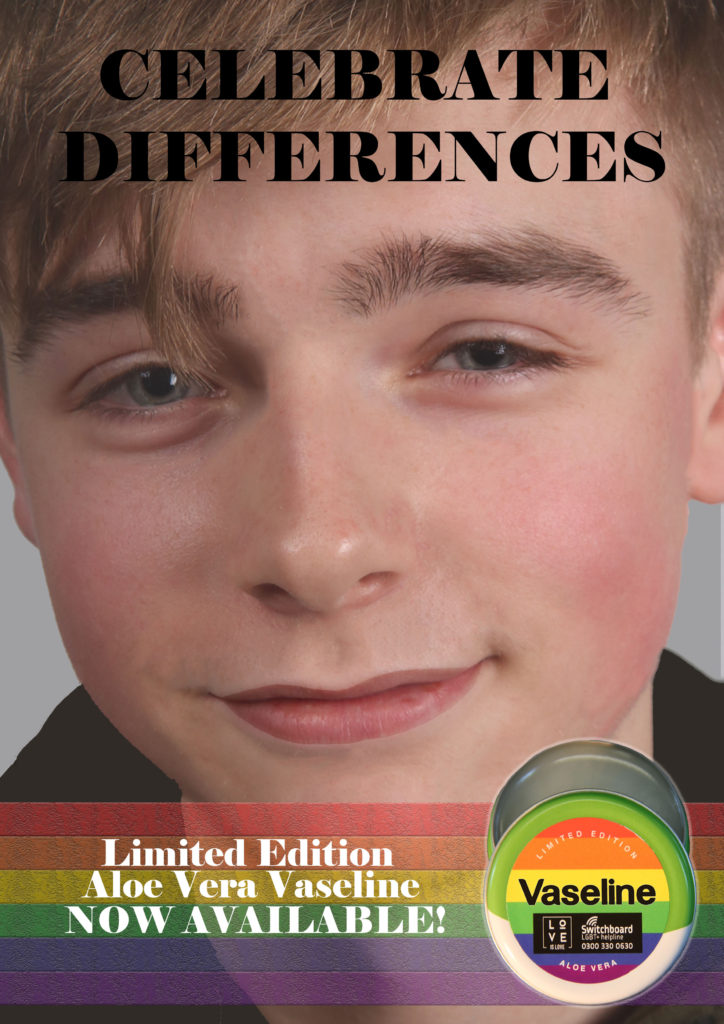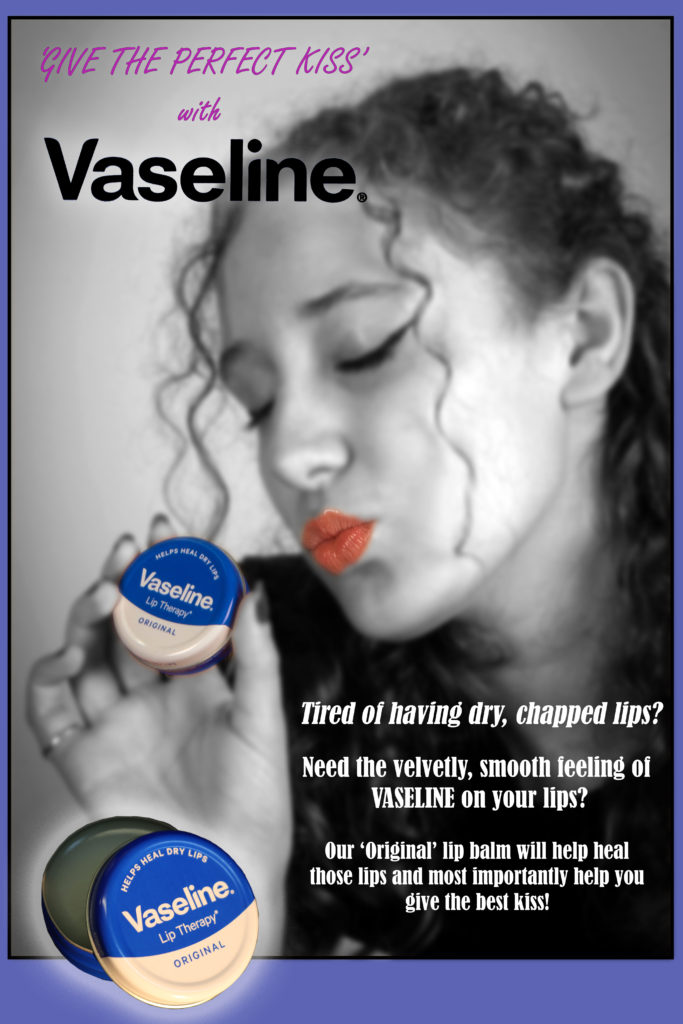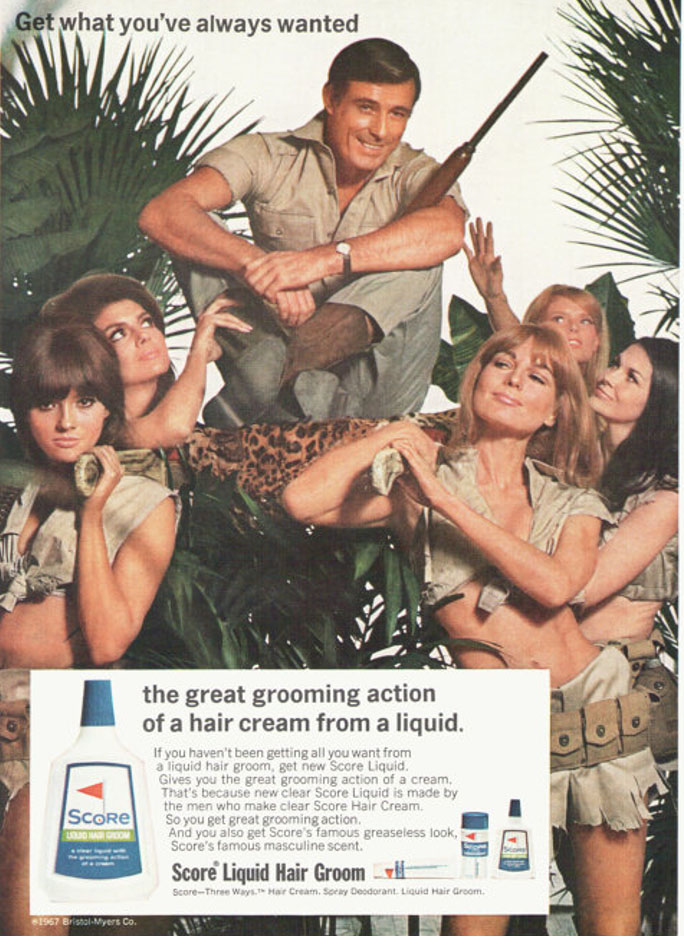Toril Moi’s (1987) crucial set of distinctions between: ‘feminist’, ‘female’ and ‘feminine’.
- Feminist = a political position
- Female = a matter of biology
- Feminine = a set of culturally defined characteristics
1st Wave of Feminism
- Late 1800’s to 1920’s
- Suffragette and Suffragists movements. International Council of Women
- Women campaigned for basic rights that were not given to them such as the right to vote, to go to school/university, to handle their own finances, to own a house etc.
- Women were completely dominated and under the suffrage of their male counterpart and were not able to have any sort of freedoms or identity.
2nd Wave of Feminism
- 1960/70’s
- Societal counteraction towards previous feminist ideas and positive change sparked a feminist cultural movement that began to shift societies views on abortion, homosexuality, birth control and divorce etc.
- Singular, one dimensional. Centred around middle class, white feminists.
3rd Wave of Feminism
- Early 1990’s
- Response to generation gap and contradictions between the 2nd wave of feminist movement
- Naomi Wolf coined the term ‘3rd Wave Feminism’ in the 1990’s.
- The third-wave sees women’s lives as intersectional, demonstrating a pluralism towards race, ethnicity, class, religion, gender and nationality when discussing feminism.
- An emphasis on the differences among women due to race, ethnicity, class, nationality, religion
- Individual and do-it-yourself (DIY) tactics
- Fluid and multiple subject positions and identities
- The re-appropriation of derogatory terms such as ‘slut’ and ‘bitch’ and of how women are often over-sexualised by men, not only in the media but in reality.
- Sex positivity
- Ariel Levy invented the term ‘Raunch Culture’; Women who have previously been objectified take this and objectify and over-sexualise themselves in order to promote sex positivity and celebrate freedom of femininity.
- “Raunch culture = the sexualised performance of women in the media that can play into male stereotypes of women as highly sexually available, where its performers believe they are powerful owners of their own sexuality” – Hendry and Stephenson
4th Wave of Feminism
- Began in around 2010-12 when the use of social media grew considerably.
- Increasing use of social media platforms and online campaigns to promote feminist ideas.
“tools that are allowing women to build a strong, popular, reactive movement online” – Cochrane
- Campaigns such as the #MeToo movement allowed victims of sexual violence and assault to come forward and share experiences in a safe and supportive network. And the #FreetheNipple campaign allowed women to express their own bodies in ways they want to rather than having this dictated by men. Miley Cyrus endorsed these campaigns alongside her radical music video ‘Wrecking Ball’ in which she takes ownership of the over-sexualisation of femininity and use it as a way to express her own identity.




